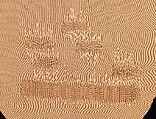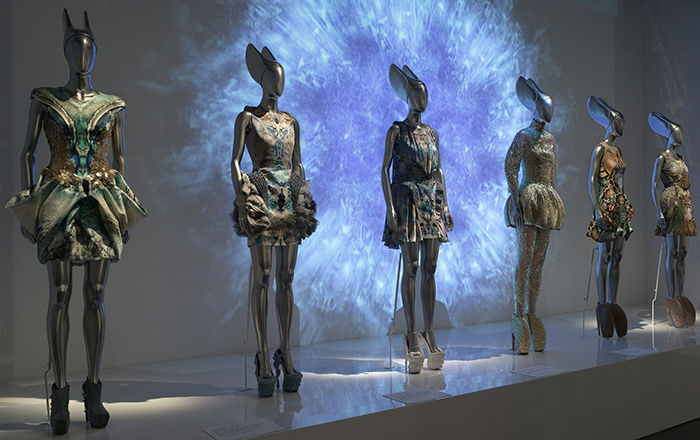Textile
Textile design attributed to Sarah Lipska Polish
Not on view
This object is from a collection of sample embroideries, which was originally owned by Morris de Camp Crawford, editor of Women's Wear Daily, who collected objects which told the story of fashion and fabric history. Included in this collection was a group of textiles which illustrated what American and French designers and manufacturers were using. According to Crawford's book The Ways of Fashion, the work of Polish artist Sarah Lipska (1882-1973) was represented in this collection. Lipska is an enigmatic figure, who is known to have worked with Leon Bakst as a set and costume designer for the Ballets Russes, and later in the 1920s as a fashion designer in Paris at 4 rue Belloni, and finally as a sculptor. Extant examples of her work are rare. Although only a few pieces in the Brooklyn Museum collection bear a label or a signature, others bear hallmarks of her work, such as a distinctive form of whip stitching on appliqué work, unusual abstract motifs, and Cubist-inspired patterns.
Lipska, the probable designer of this artistic embroidery, is known for showing a high level of skill and attention to detail in her work. This intricate design, all done by hand, is accomplished by using strips that have been cut from the same fabric as the ground and overstitching the edges with a decorative zigzag stitch. The strips are then meticulously folded and applied to the ground fabric and decorated with contrasting silk floss. The end result is stunning. If this work was used on a complete dress, it would be very expensive and also quite handsome.
This image cannot be enlarged, viewed at full screen, or downloaded.
This artwork is meant to be viewed from right to left. Scroll left to view more.



